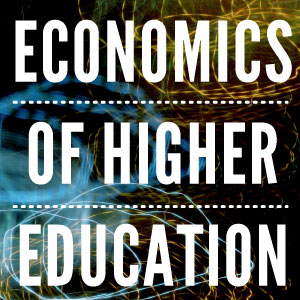She Figures 2015 - Gender in Research and Innovation
The She Figures 2015 is the 'go-to' document for anyone interested in gaining a more comprehensive understanding of the current state of gender equality in research and innovation in the European Union. In addition to comparable statistics on women and men amongst PhD graduates, researchers and decision-makers, it sheds light on differences in working conditions. It also presents for the first time the situation of men and women in scientific publications and patent applications, as well as the inclusion of the gender dimension in scientific articles.
The She Figures was produced in close collaboration between the European Commission, Eurostat, the Helsinki Group on Gender in Research and Innovation and Statistical Correspondents. More...













/https%3A%2F%2Fprofilepics.canalblog.com%2Fprofilepics%2F1%2F0%2F1076071.jpg)